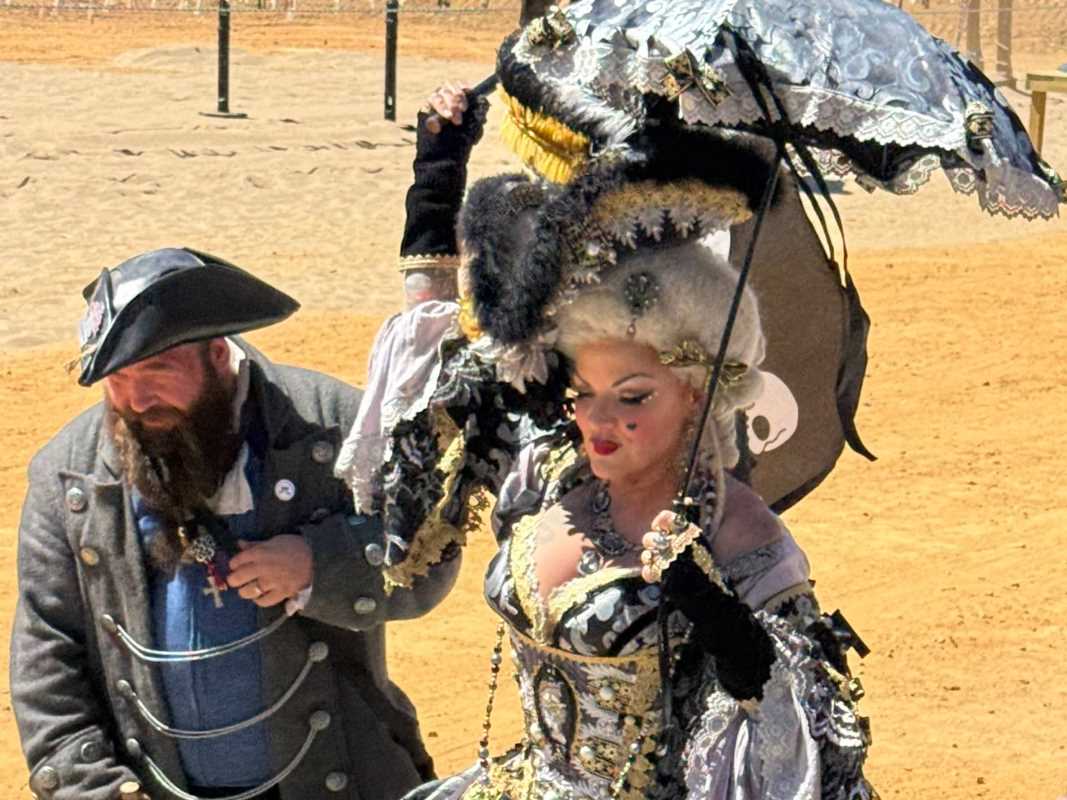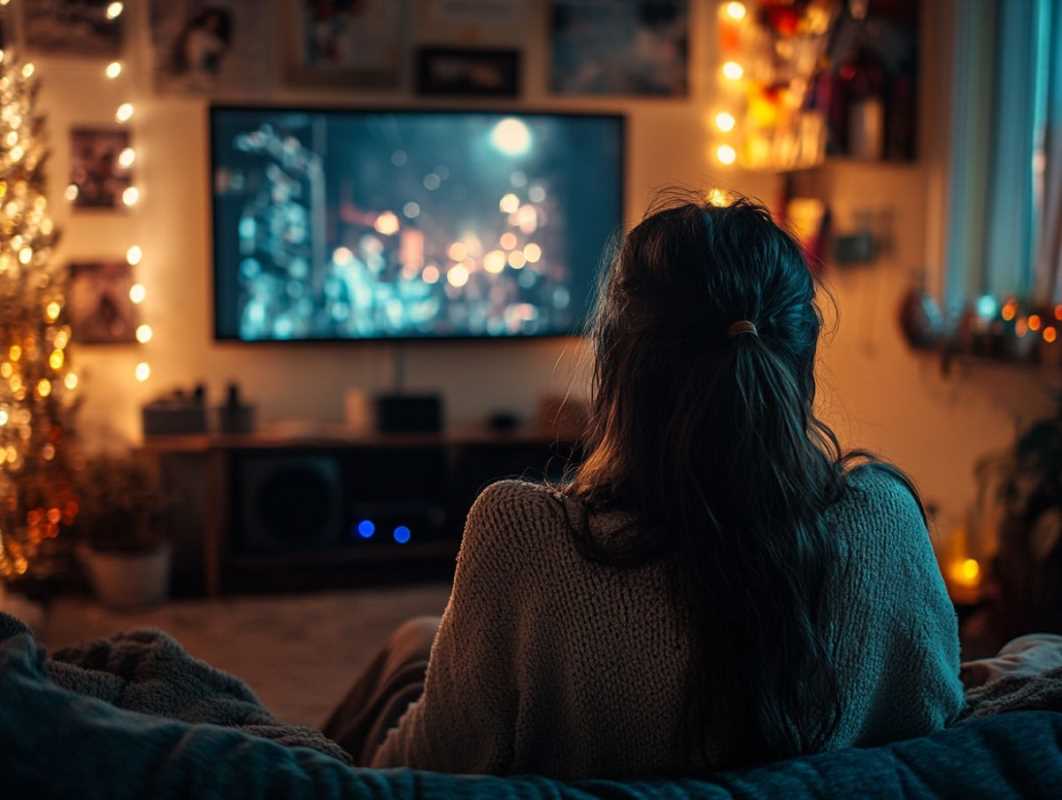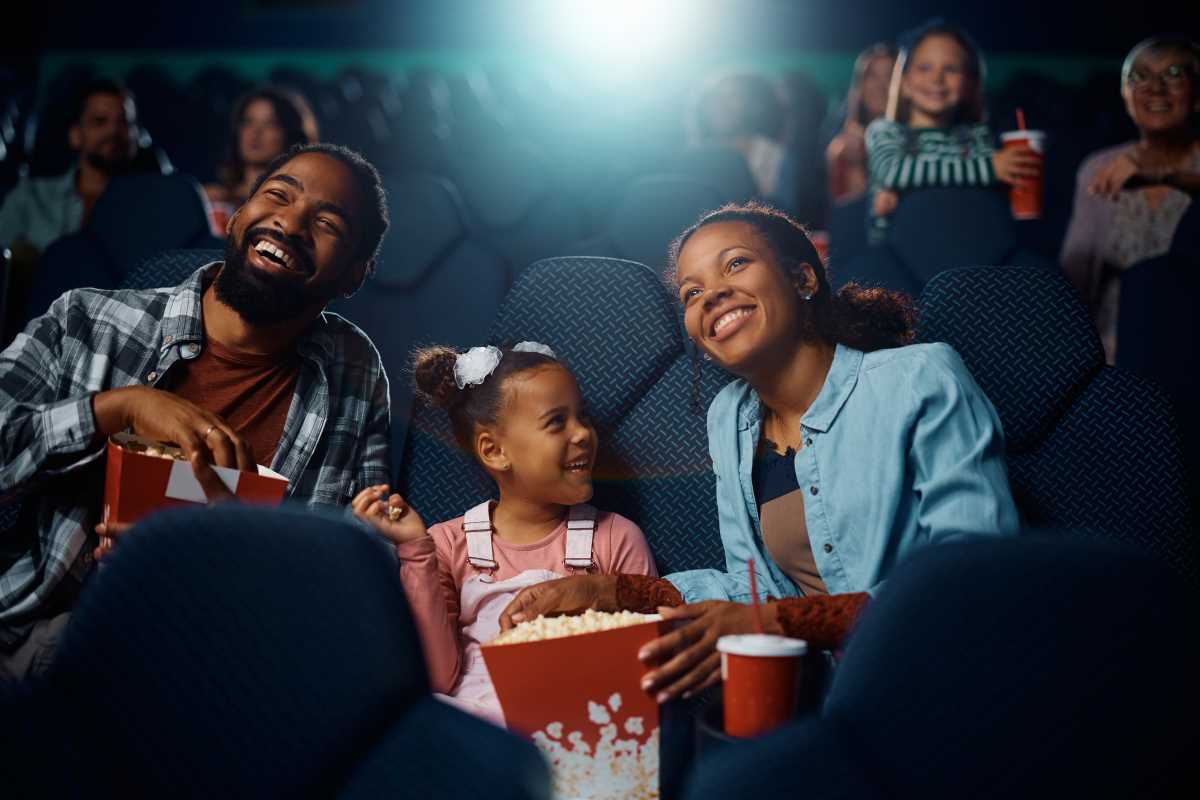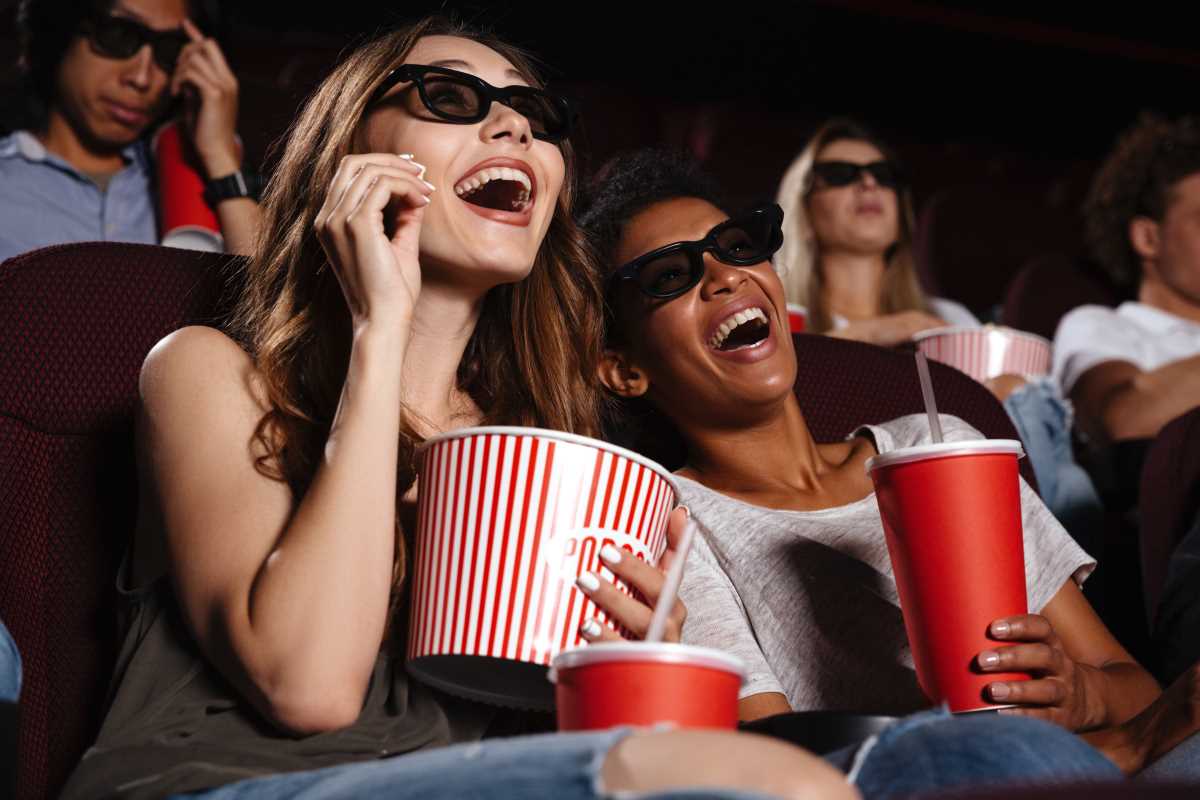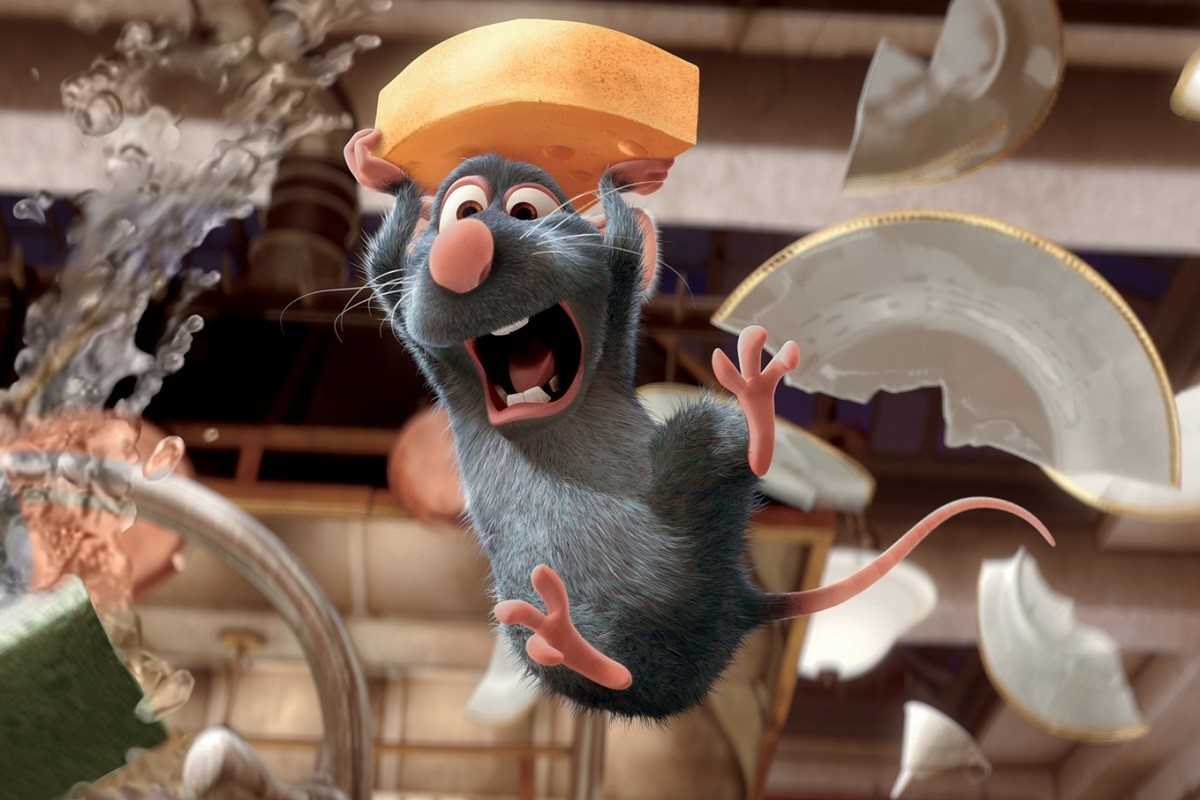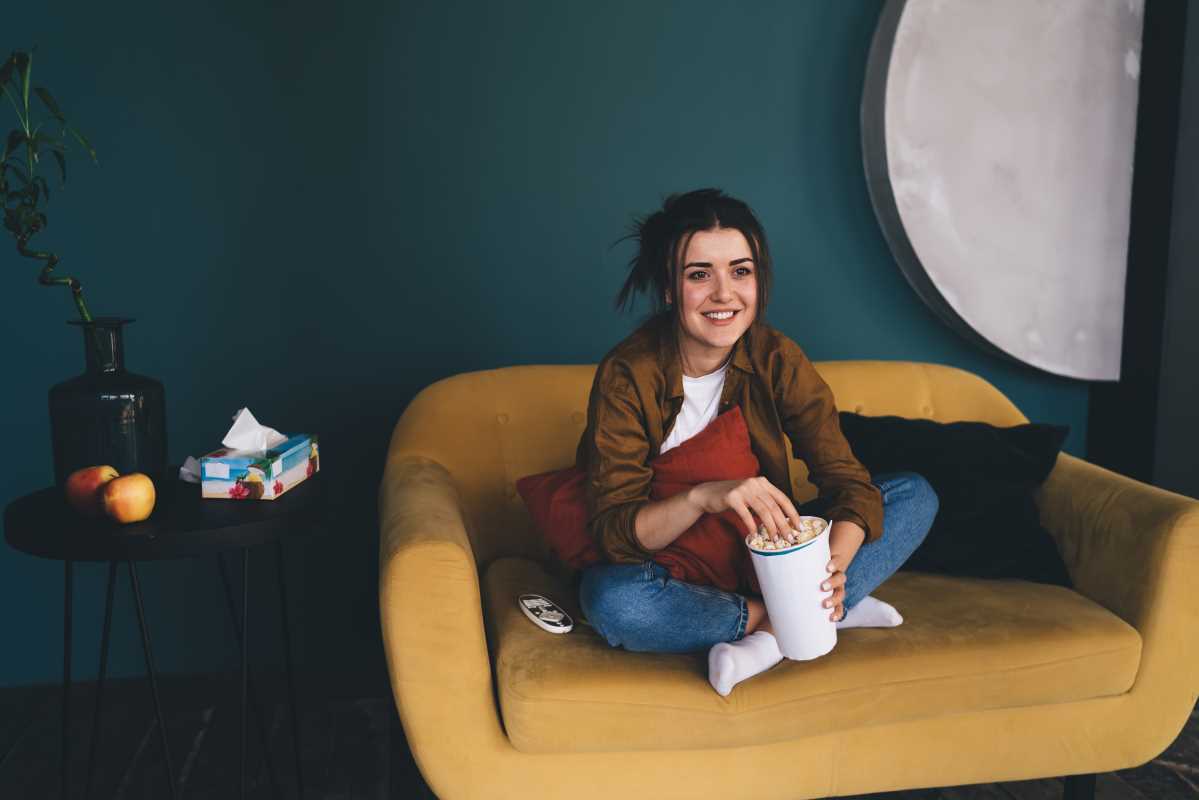Movies captivate us with thrilling plots, compelling characters, and breathtaking visuals, but there’s a massive team of talented professionals working behind the scenes to make it all happen.
The work done off-camera is just as crucial to a film’s success as the work done in front of it. From pre-production planning to the final edits, here are some of the most important behind-the-scenes jobs that bring movies to life.
Director of Photography (Cinematographer)
The director of photography (DP), or cinematographer, is responsible for capturing the film’s visual essence. Working closely with the director, the DP decides how each scene will look, including camera angles, lighting, and shot composition. They oversee the camera and lighting crews, ensuring that each frame aligns with the director’s vision.
Their creative choices—such as whether to use natural light, what type of lens to use, and how to position the camera—set the mood of the film, making the DP’s role pivotal in creating a visually striking movie.
Producer
Producers are the driving force behind a film, handling both creative and financial aspects. They are involved from the very beginning, securing funding, assembling the cast and crew, and making key decisions alongside the director.
Producers also manage budgets, schedules, and contracts, ensuring the project stays on track. Whether it’s a big studio production or an independent film, the producer’s organizational skills and industry knowledge are essential for turning ideas into reality.
Without producers, the film wouldn’t even reach the starting line.
Screenwriter
The screenwriter crafts the story, writing the dialogue, scenes, and characters that form the foundation of the film. Screenwriters often work closely with the director to refine the story, aligning it with the film’s creative direction. Sometimes, multiple screenwriters may work on a single film, adding layers to the plot or making changes as production progresses.
While they may not be visible on set, screenwriters are the storytellers, creating the blueprint from which the entire project unfolds.
Editor
Once filming wraps, the editor’s work begins. The editor’s job is to take hours of raw footage and carefully assemble it into a cohesive, flowing narrative. Working closely with the director, they choose the best takes, arrange scenes, and control pacing, rhythm, and emotional impact. Editors are responsible for creating seamless transitions, balancing dialogue and action, and maintaining the film’s overall tone. Their keen eye for detail and storytelling skills are essential to shaping the final product that audiences see on screen.
Production Designer
The production designer is responsible for the look and feel of the movie’s physical environment, from the sets to the props and costumes.
They collaborate with the director and cinematographer to create an atmosphere that matches the story’s setting and tone. Whether recreating historical settings or designing futuristic worlds, production designers must consider every visual element, ensuring it aligns with the film’s themes.
Their work helps transport viewers into the movie’s world, making the setting feel authentic and immersive.
Costume Designer
Costume designers play a vital role in bringing characters to life. They research, design, and source costumes that reflect each character’s personality, social status, and era.
Costume designers work closely with the production designer and director to create outfits that enhance storytelling and allow actors to embody their roles more fully. A well-designed costume can reveal a lot about a character without them saying a word, making the costume designer’s job integral to building a convincing narrative.
Sound Designer
Sound designers are responsible for creating the film’s auditory atmosphere. They add sound effects, ambiance, and background noises that make scenes feel alive. Working closely with the director and editor, sound designers also blend recorded dialogue with effects and music, ensuring everything is balanced and clear. Their work ranges from crafting realistic sounds to enhancing fantastical ones, contributing to the emotional depth of each scene. A powerful soundscape can make or break a film, which makes sound design a crucial element in filmmaking.
Special Effects and Visual Effects (VFX) Artists
Special effects (SFX) and visual effects (VFX) artists bring the magic to life, particularly in action-packed or fantasy-heavy films. SFX teams create practical effects on set, like explosions, fake rain, or animatronics, while VFX artists digitally create elements that would be impossible to film, such as alien creatures or massive battle scenes.
Working with directors and production designers, these artists help craft the fantastical aspects of a film, taking audiences on immersive journeys beyond reality.
The magic of movies relies on a vast network of behind-the-scenes professionals, each contributing their expertise to bring a director’s vision to life. From the writer who pens the script to the editor who shapes the final product, every role is essential in crafting the stories that captivate audiences.
These unsung heroes of cinema prove that the movie industry is truly a team effort, with each job playing a vital part in creating the unforgettable experiences we see on screen.
